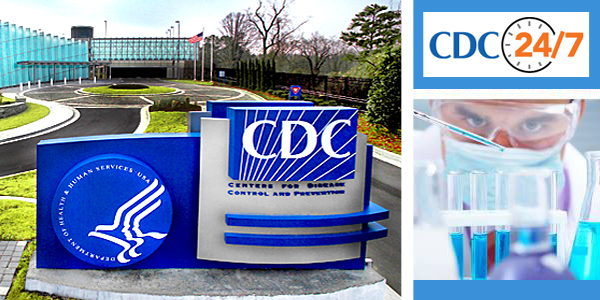Biden-Harris Administration Agencies Sign Interagency Agreement to Address Wildfire Risk and Protect Communities from Smoke

WASHINGTON – Today, Environmental Protection Agency Administrator Michael S. Regan, Secretary of the Interior Deb Haaland, Agriculture Secretary Tom Vilsack and Director of the Centers for Disease Control and Prevention Mandy Cohen announced a Memorandum of Understanding (MOU) to further their joint work to protect communities from the impacts of wildfire smoke, while promoting land management practices that reduce the risk of large, severe fires. The four agencies – the Environmental Protection Agency (EPA), the U.S. Department of Agriculture (USDA), the U.S. Department of the Interior (DOI), and the Centers for Disease Control and Prevention (CDC) – also released a joint plan outlining wildland fire-related priorities the agencies will focus on over the next two years.
“From coast to coast, the nation is facing a growing threat of wildfire induced by climate change, including from the smoke that can harm people hundreds of miles away,” said EPA Administrator Michael S. Regan. “We can have a bigger impact on protecting people by partnering across the Biden-Harris Administration. “With today’s interagency agreement we commit to urgent action to reduce the risk of severe wildfires and dangerous smoke.”
“This year has shown the entire country and the world that wildfires don’t stop at a state or country line – they impact all of us and require a coordinated and collaborative approach,” said Secretary of the Interior Deb Haaland. “The Biden-Harris administration is committed to using every tool available to protect communities from the hazards of wildfire smoke, while also ensuring we have the tools we need to reduce the future risk of large, high severity wildfire events.”
“Since fires and smoke don’t recognize borders or jurisdictions, neither should we, and this agreement will help agencies under the Biden-Harris Administration better protect the people and communities we serve,” said Agriculture Secretary Tom Vilsack.
“The increasing frequency and magnitude of wildfires pose an ever-growing threat to the health of the American public,” said Mandy Cohen, M.D., M.P.H, Director of the Centers for Disease Control and Prevention. “This MOU demonstrates the U.S. government’s commitment to mitigating the negative health consequences from wildfire smoke and is a pledge to protect health by reducing the risk of future, large-scale wildfires.”
The MOU outlines how the agencies are working together to advance public health preparedness, minimize smoke impacts to the public and ensure regulatory pathways under the Clean Air Act accommodate greater use of prescribed fire. Under the MOU, the four agencies commit to coordinating the implementation of policies, communications, and programs that relate to the use of prescribed fire to benefit restoration of forests and other wildlands, and protect communities. The agencies will work together to reduce the negative health impacts of smoke on human health and community well-being.
The joint workplan outlines areas of focus for the agencies’ partnership for fiscal years 2024 and 2025:
- community preparedness;
- ensuring that land management and public health goals are addressed together;
- data collection and sharing; and
- interagency communication and messaging.
The MOU and workplan follow the recent Wildland Fire Mitigation and Management Commission Report to Congress, which urged an “all of the above” approach – at all levels of society – to address the impacts of wildfires on communities across the country. While many of the Commission’s recommendations focus on actions Congress must take, this MOU represents a major step forward to the report’s vision of greater coordination and collaboration among agencies working on wildfire.
This work complements the historic investments from President Biden’s Investing in America agenda to increase the resilience of lands facing the threat of wildland fires and to better support federal wildland firefighters. The Bipartisan Infrastructure Law includes $1.5 billion for the Department of the Interior and $3 billion for the USDA to invest in preparedness, fuels management, post-fire restoration, and fire science – all of which will help strengthen long-term fire preparedness, reduce fire risk across states, and invest in our wildland firefighter workforce.
To read the MOU and the joint workplan, visit: https://www.usda.gov/sites/default/files/documents/usda-epa-doi-cdc-mou.pdf
To read the Wildland Fire Mitigation and Management Commission report, visit https://www.usda.gov/topics/disaster-resource-center/wildland-fire/commission
